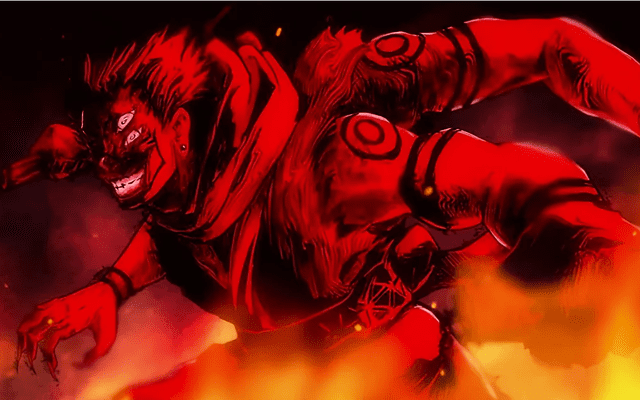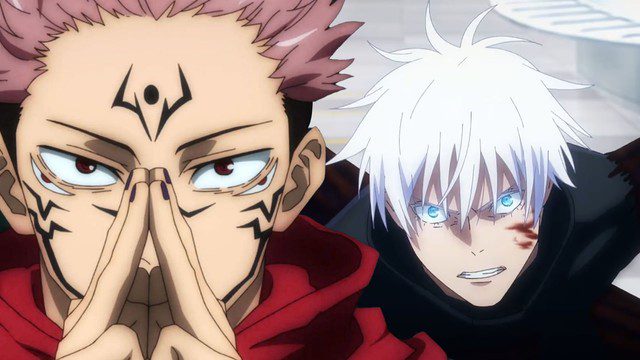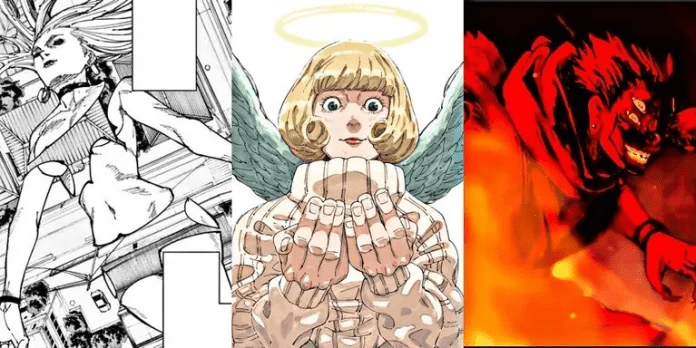
Jujutsu Kaisen is rich with intriguing elements, particularly its juxtaposition between the past and the present. This is vividly illustrated through the conflict between Sukuna—the most powerful sorcerer in history—and Satoru Gojō—the strongest sorcerer of the modern era. The ongoing battle serves as a prime example of how the narrative employs this duality, further highlighted by the distinct power dynamics and experiences between sorcerers in Tokyo and Kyoto.
Moreover, the storyline delves deeply into the historical context of the “Cursed Techniques” and the traditional sorcery passed down through generations. The strict preservation of these techniques by practitioners of the Unlimited Techniques and the Shamanic Techniques serves as a foundation, setting the stage for the eternal struggle between the ancient and the modern.

Gojō’s character development in this narrative is pivotal in highlighting Megumi’s latent potential, setting the groundwork for significant plot developments in the future. This includes the dynamic confrontation between Megumi and Gojō, spurred by Sukuna’s possession of Megumi’s body.
The emergence of Gojō is seen as a transformative event that disrupts the balance of power in the Jujutsu world, rapidly transitioning the story from the past to the present. This current reality is starkly depicted in the high-stakes battle between Gojō and Sukuna, emphasizing Gojō’s significant role as he faces a rapidly evolving and complex environment in the universe of “Jujutsu Kaisen”.

In “Jujutsu Kaisen”, the narrative intricately weaves through events that span over a millennium, particularly during the Heian period—a significant era in Japanese history. This era, often referred to as the “Golden Age”, is marked by the reign of Ryōmen Sukuna, recognized as the strongest Jujutsu sorcerer of humankind.
The term “Heian” reflects a historical period characterized by a rich cultural tapestry, where Kyoto (known as Heian-kyō during this time) played a central role as the stage for numerous legendary tales. Kyoto served as the political and cultural hub of Japan for over a millennium.
The Heian period is regarded as a time of cultural flourishing, producing significant advancements in arts, literature, and the creation of kana—Japan’s phonetic script. This culturally rich era serves as an inspiration for “Jujutsu Kaisen”, which envisions it as the pinnacle of Jujutsu. Notable figures such as Tengen and Noritoshi Kamo, alongside Sukuna—the King of Curses—have left an indelible mark on the Jujutsu world, creating a foundation steeped in mystery, power, and legacy.
Kyoto maintained its significance until the Meiji Restoration in 1868, witnessing Japan’s transition into the modern age. The Meiji era marked the end of the feudal system and the rise of a new central authority, with Tokyo (formerly Edo) emerging as the new capital. This historical transition, especially the shift from Kyoto to Tokyo, reflects the reasons why the Jujutsu schools predominantly exist in these cities, symbolizing the contrast between Japan’s ancient grandeur and its modern evolution within the universe of “Jujutsu Kaisen”.
Source: animerant




















